Content creation can be a time-consuming process. From choosing a topic to deciding which format the content will take, and then producing it – creating good content is a long process.
Research from CoSchedule shows that most marketers spend an average of six hours per day creating new content. That’s almost three quarters of a typical working day. No wonder content creation can become stressful if you have to create new content day in and day out.
But thankfully, there is another way to produce content – without the stress. And without committing so many of your working hours.
Instead of creating content from scratch, marketers can repurpose existing content to create new content for other channels. For example, blog articles can be repurposed to create new email content.
A survey from ReferralRock showed that 65% of marketers think that repurposing existing content is more cost-effective than creating new content. Another 48% say that they prefer to repurpose existing content because it takes less time.
So in this article, we will look at the benefits of repurposing content, and the types of content you can repurpose for your email campaigns.
Page Contents
What it means to repurpose content
Repurposing content is the practice of taking existing content, freshening it up, transforming the content into a new format, and then using it on other channels. An example would be turning a blog article into an infographic.
Why you should repurpose content
There are three main benefits to repurposing content.
1. It saves you time and money
Repurposing content saves you the time and resources you would have otherwise invested in creating new content.
For instance, let’s say you have a blog post that contains information and data your non-blog audience will appreciate. You can repurpose the blog post by summarising the key points and sharing these as an email message or as a social media post.
Since you’ve already done the hard work when initially creating the content, producing the second piece of content will be less time-consuming. And less expensive, too.
2. It expands your reach to new audiences
Repurposing content also allows you to expand your reach to a new audience. Not everybody who follows you on social media or subscribes to your email list will also read your blog.
So instead of concentrating all your content efforts on one channel, you can repurpose your best content for the other channels where you have a presence. Doing so will get your old content seen by a new audience and in a new format to expand your content reach.
3. It extends your content’s longevity
Finally, repurposing content allows you to extend your content’s longevity. Content can be easily missed or forgotten. That blog post you created earlier in the year might not be getting enough love from search engines anymore. To get more eyeballs on the content, you can repurpose it for another channel.
Repurposing content can also help with search engine optimisation. By repurposing your blog content, you can acquire new backlinks and drive more traffic to your site.
How?
When you repurpose the blog content, include the article’s URL so interested people can check out the original content.
Types of content you can repurpose in your email marketing campaigns
Content repurposing can help marketers come up with email marketing content that can be regularly sent to subscribers. Instead of spending time brainstorming new email content ideas, marketers can take existing content from other marketing channels to use in their email campaigns.
Let’s now look at what content works well for email campaign repurposing.
Social media content
There are several ways you can repurpose social media content in emails. The most common way is showcasing user-generated content in your email campaigns.
If you sell a physical product, there is a good chance that your customers are uploading pictures on social media of themselves using your product.
You can also encourage your customers to upload user-generated content by running contests where users have to share images of themselves using your product to win a prize. To incentivise your audience to participate in the contests, you can offer interesting prizes and freebies.
Here is an example of a brand repurposing user-generated social media content for an email campaign.

In this email, MeUndies includes images shared on Instagram by their customers. These images show MeUndies customers wearing MeUndies underwear and serve as useful form of social proof.
Another way you can repurpose social media content is by rounding up your most popular social media posts and sharing them in an email. You can curate both the content posted by you and the content posted by your audience.
In this example, Urban Outfitters share their most liked Instagram photos in an email.

Not only is this a good example of how to repurpose social media content, it also shows how brands can share authentic images of their products with their email audience.
Urban Outfitters have also included a call-to-action asking customers to shop the outfits. This can persuade your email audience to check out your product pages, leading to increased sales.
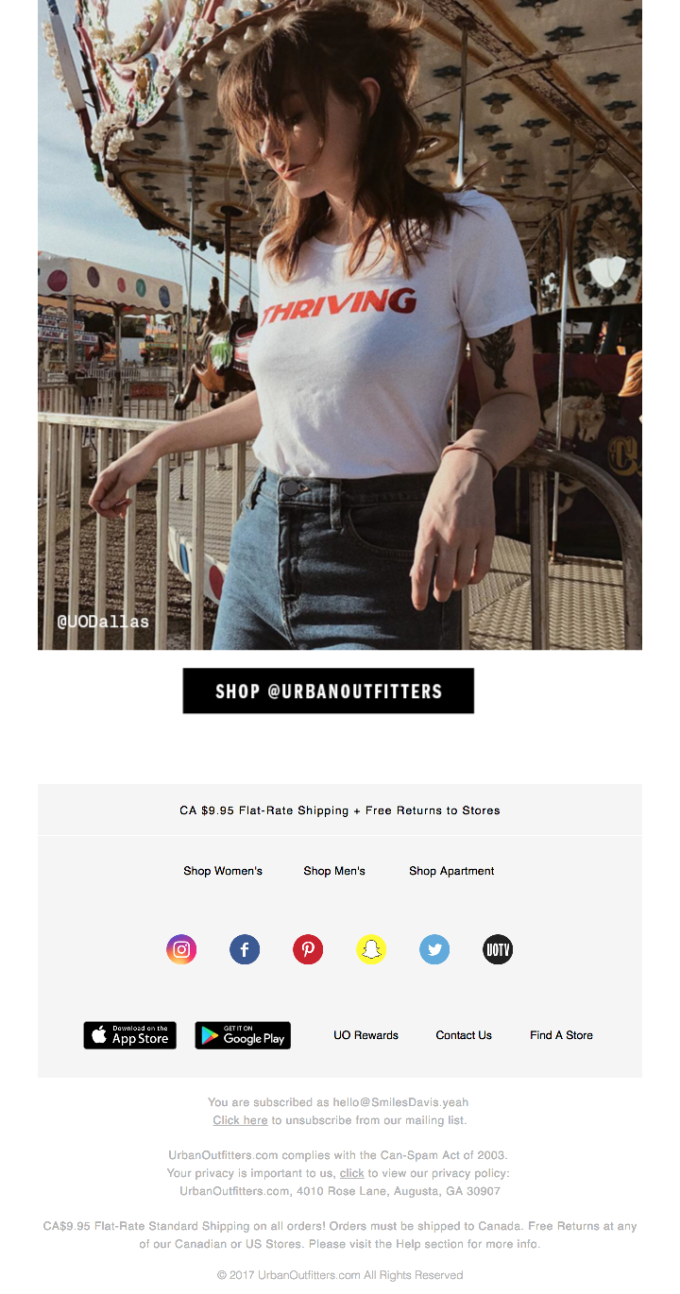
Lastly, you can also include social media testimonials in your email. This is a more explicit form of social proof. And a few glowing reviews from previous customers can help nudge potential customers to finally make that purchase.
Here’s an example from Scott’s Cheap Flights.
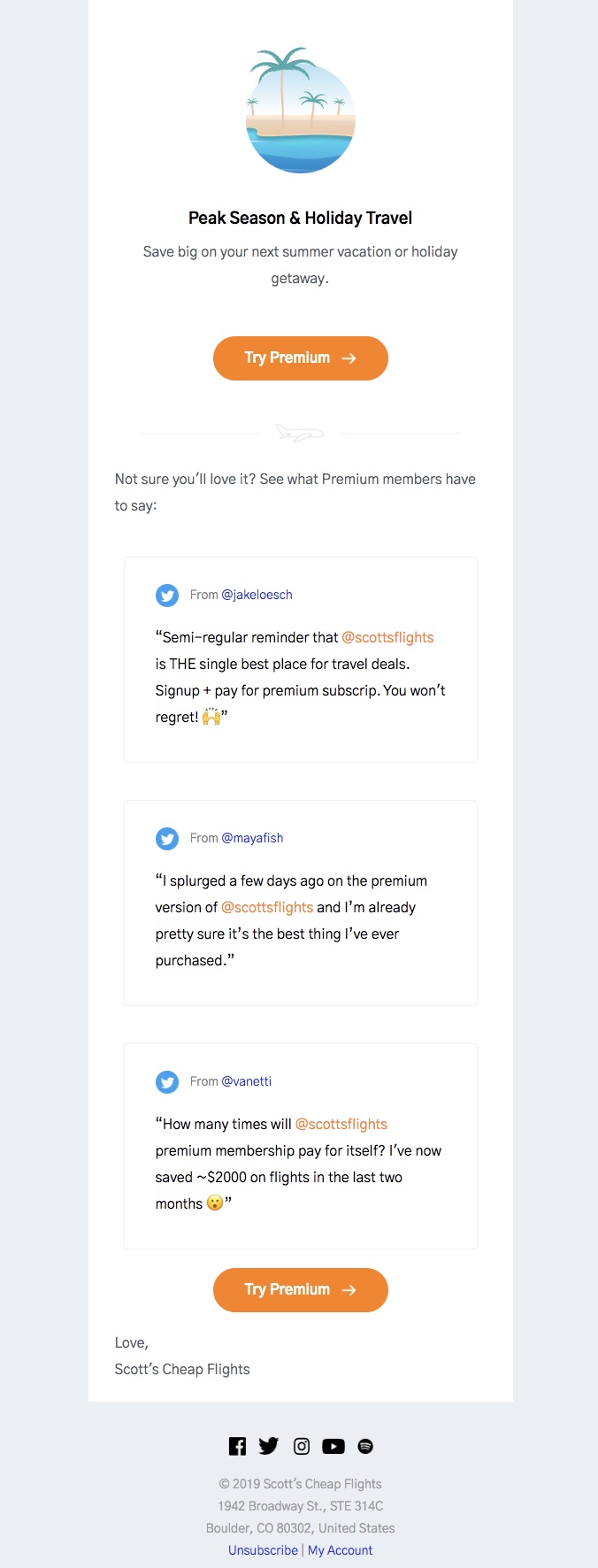
In this example, Scott’s Cheap Flights include testimonials from their Twitter audience in the email.
Blog content
The content on your blog can be easily repurposed into email content. One of the easiest ways to do this is by creating a newsletter roundup. It can be a weekly roundup or a monthly roundup.
Newsletter roundups are an effective way to present your blog content to email subscribers. The roundup email should include your top blog posts, along with a summary of what the posts are about. Plus, a link to each blog post to drive traffic to your website.
Here is an example from EmailOctopus of a newsletter rounding up popular blog articles.
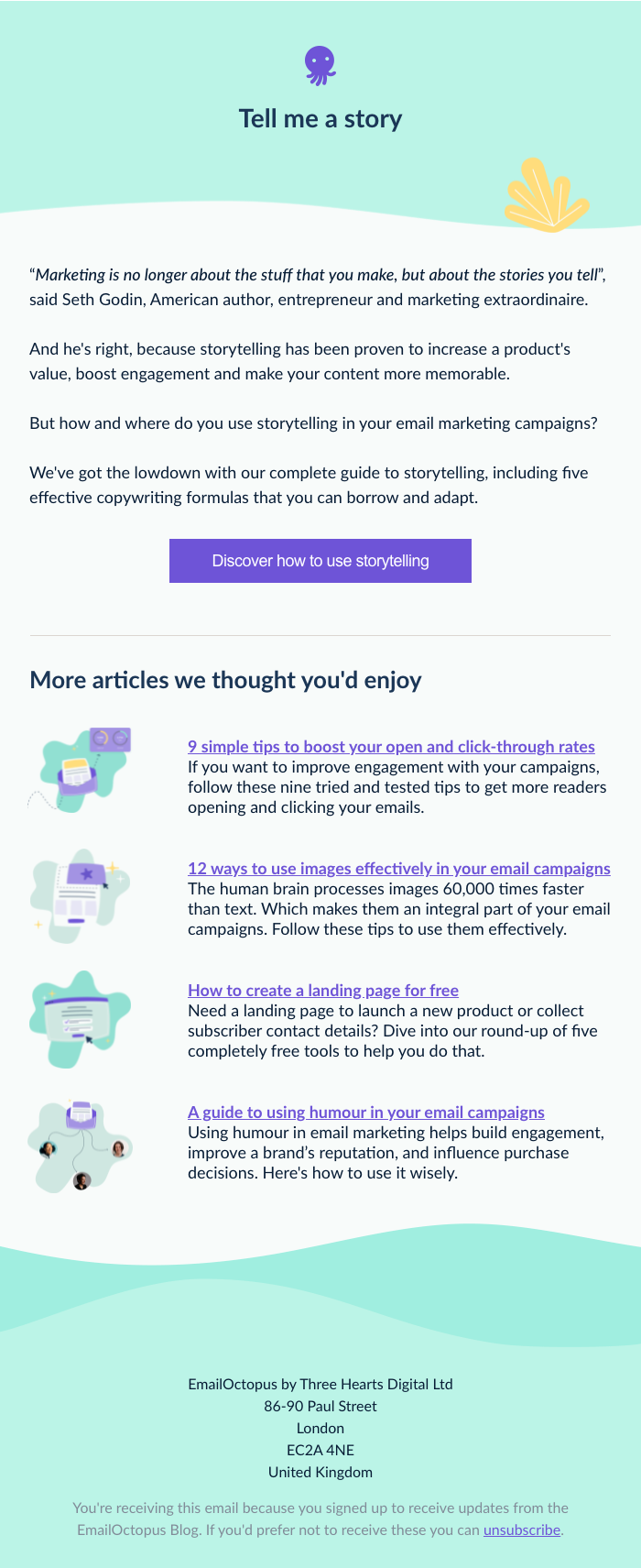
Another way you can repurpose your blog content is by turning your articles into an email course. Email courses are a series of lessons delivered to a subscriber’s inbox over a predetermined period. It’s a great way to get more people on your mailing list while providing them with valuable content.
To create an email course, choose a topic relevant to what your business offers. Then collect the best blog posts you have written that are related to the topic. Summarise these articles into succinct email lessons and include links to the original articles for people who want to read more on the subject.
Here is an example of a free email marketing email course from EmailOctopus.
Podcasts
Planning, recording, and publishing a podcast is a time-consuming task. That’s why you need to diversify how you make use of your podcast content. Along with creating video content from the podcast episode or turning the podcast into a long-form blog post, another way you can repurpose podcasts in email marketing content is by creating a podcast transcript.
With transcription services such as Rev.com and Otter.ai, you can easily transcribe your podcast episodes. Though podcast transcripts tend to be long. So rather than use the entire episode transcript in an email, share a tantalising snippet instead.
Include a link to the rest of the transcript. Plus the podcast episode link to give your subscribers a choice of how they consume the content.
Alternatively, you can use your email to explain the content of your podcast episode. In the example below, Jane from the UI Breakfast podcast summarises what subscribers will learn from her latest episode.
She goes further by including show notes that list the important articles, videos, and tools the audience will find useful after listening to the podcast.
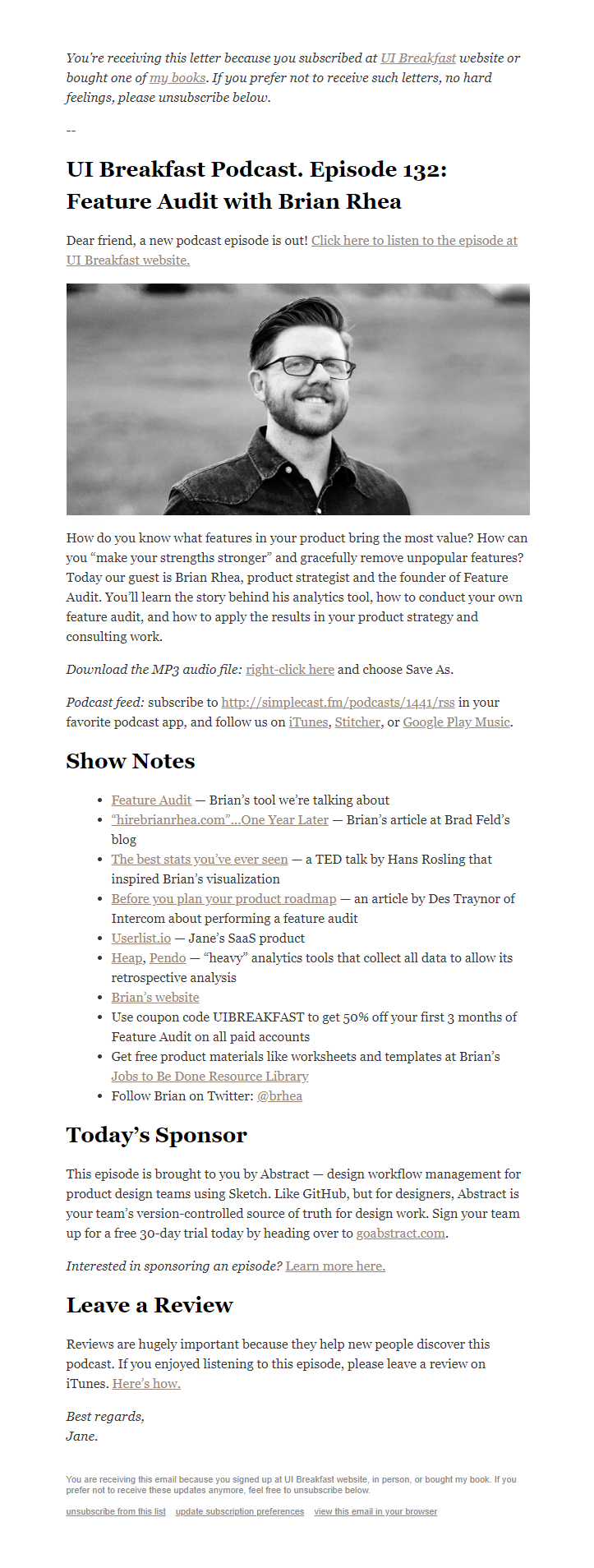
Another way you can repurpose podcast content is by creating short video clips to share in your email. Sharing the entire podcast video will make the email file too large. And this can negatively affect your email deliverability.
The best option is to create a 30-second clip of the most interesting portions of the podcast and share this video in your email. Short clips are a great way to repurpose and create interest for longer podcast episodes.
Video
Email marketing presents an opportunity for you to share your video content with a larger audience. If your business creates any form of video content, you can incorporate the videos in your newsletters. The videos can be anything from YouTube videos and Instagram Stories, to customer testimonials and product explainer videos.
Embedding videos in an email is often the most engaging way of presenting video content. But this can be tricky to achieve. Not many ESPs enable you to do this. And it requires that you host the video in your content distribution network (CDN) or on your company servers.
Instead, the best option is to screenshot a frame from the video to add to your email. And then link the image to the video.
With EmailOctopus, you can easily add a link to a video with an automated preview image. The preview image will have a play button. When your subscribers click on the play button, they’ll be redirected to the website where the video is hosted. You can also include a call-to-action button that subscribers can click on to watch the video.
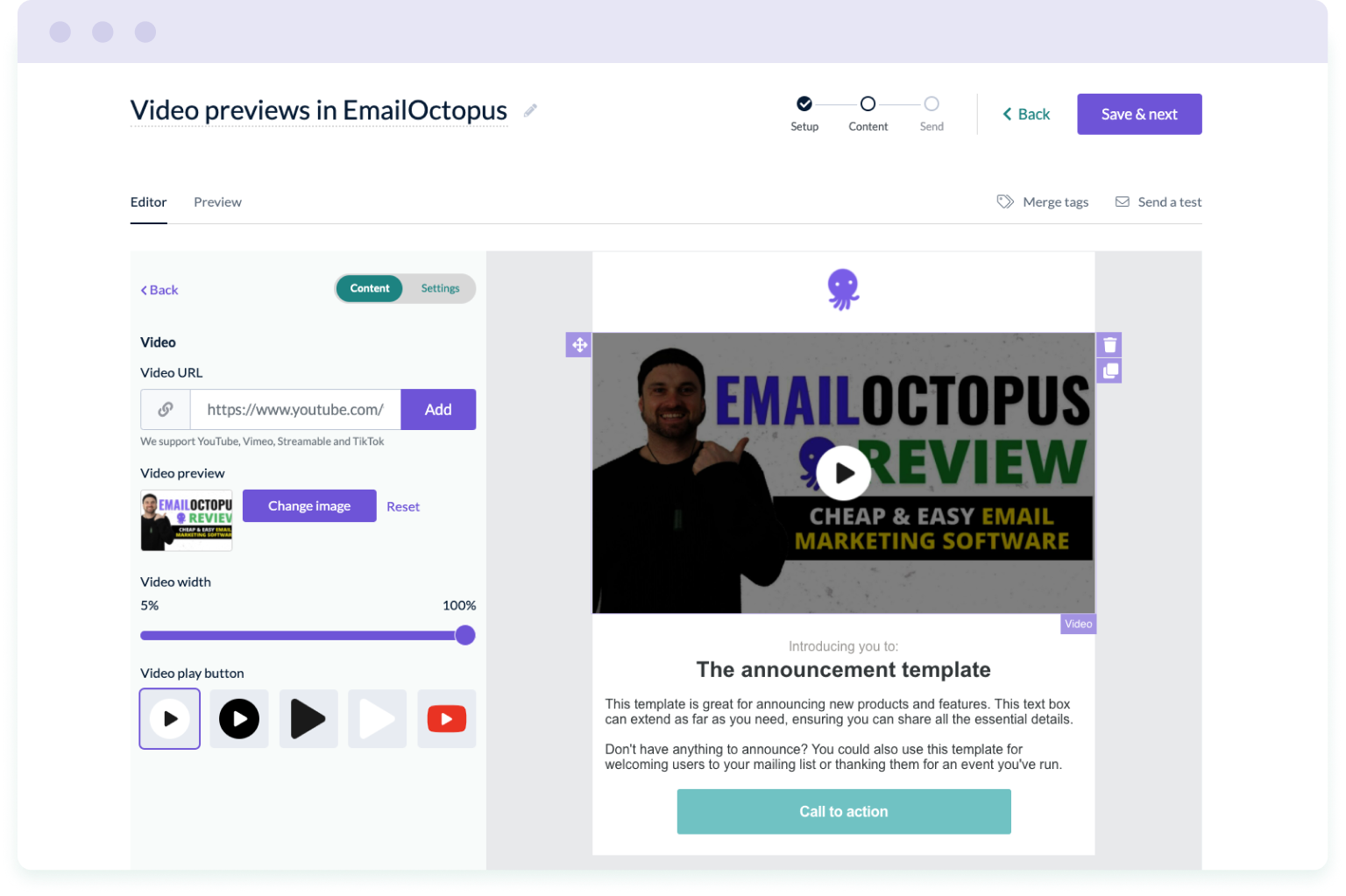
Here’s an example from coffee brand Jot on how a video preview might look in a final email campaign. In this email, they’ve included a link to a video showing how Jot liquid coffee is made and delivered to your door.
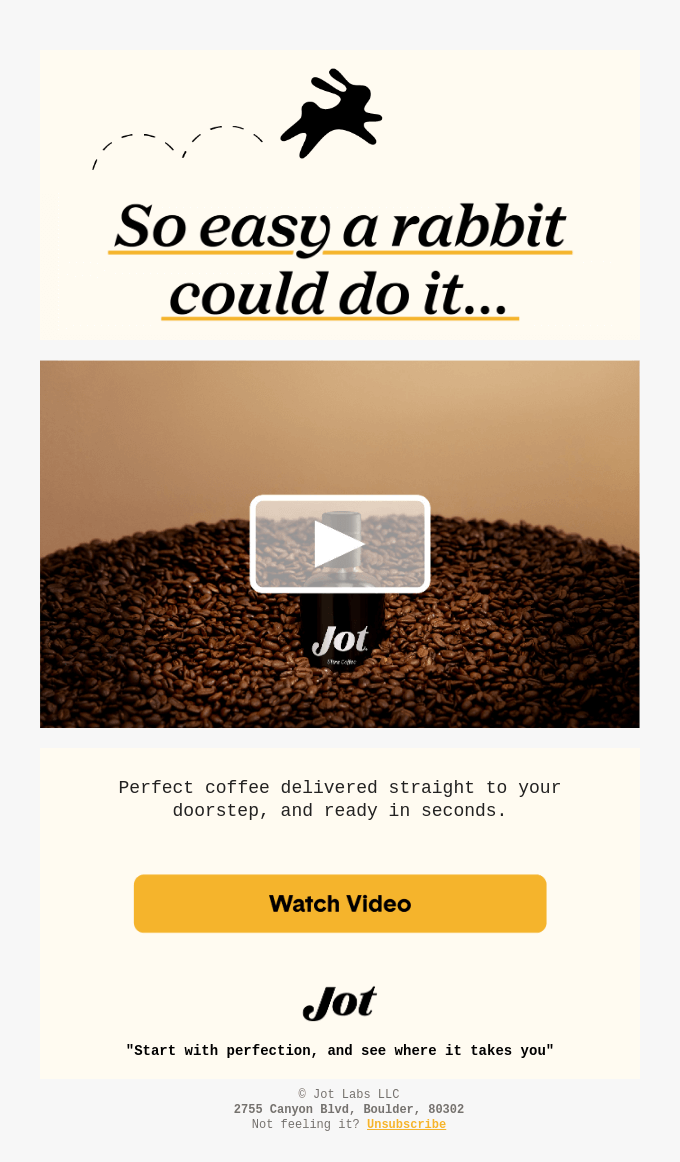
Another way you can repurpose your video content is by breaking down longer videos into an email series. Instead of sharing an entire YouTube video at once, you can break the video into smaller parts that you can send by email over the course of days or weeks. This repurposes video content into new mini videos, as well as an educational email series.
Tips for repurposing content
Now that you know the types of content you can repurpose for email, let’s see some tips that will help you effectively repurpose content.
Improve existing content and bring it up-to-date
When repurposing content, it’s a good idea to start by improving the existing content, where it’s needed.
For older content, this could mean bringing it up-to-date with current facts and statistics. It could also mean adding more content to introduce fresh ideas. Or perhaps the presentation needs a little tidying, with better images or highlighted quotes.
Whatever’s required, this is a good opportunity to improve the performance of the existing content, while prepping what you’ll need for repurposing.
Create new content that fits the new channel
When repurposing content, it’s important that the repurposed content suits the new channel. It should be designed specifically for that channel.
For instance, a blog post might be 3,000 words long. But you can’t just copy and paste those 3,000 words into an email to share with your subscribers. They’ll likely ignore the email because it’s too long.
Instead, you can create an infographic that summarises the key points of that 3,000-word-long article. And feature the infographic in your email. Subscribers would much rather read an eye-catching infographic than a long, text-heavy email message.
Wrapping up
The next time you’re struggling to create fresh new content, look at what content you’ve already got. And repurpose it.
This not only saves you precious time and resources, it also gets your content in front of new audiences and squeezes the most value out of your initial content investment.
Look at the content your customers are creating on social media. And use that in your email marketing campaigns as a persuasive form of social proof.
Round-up your recent and popular blog posts in an email newsletter. Or summarise your latest podcast episode with show notes and useful links.
Including a preview of a video is a great way to drive engagement. So put your video content to work in your email marketing campaigns too.
Just make sure that your original content is as good as it can be. And that the new content perfectly matches the channel of delivery.
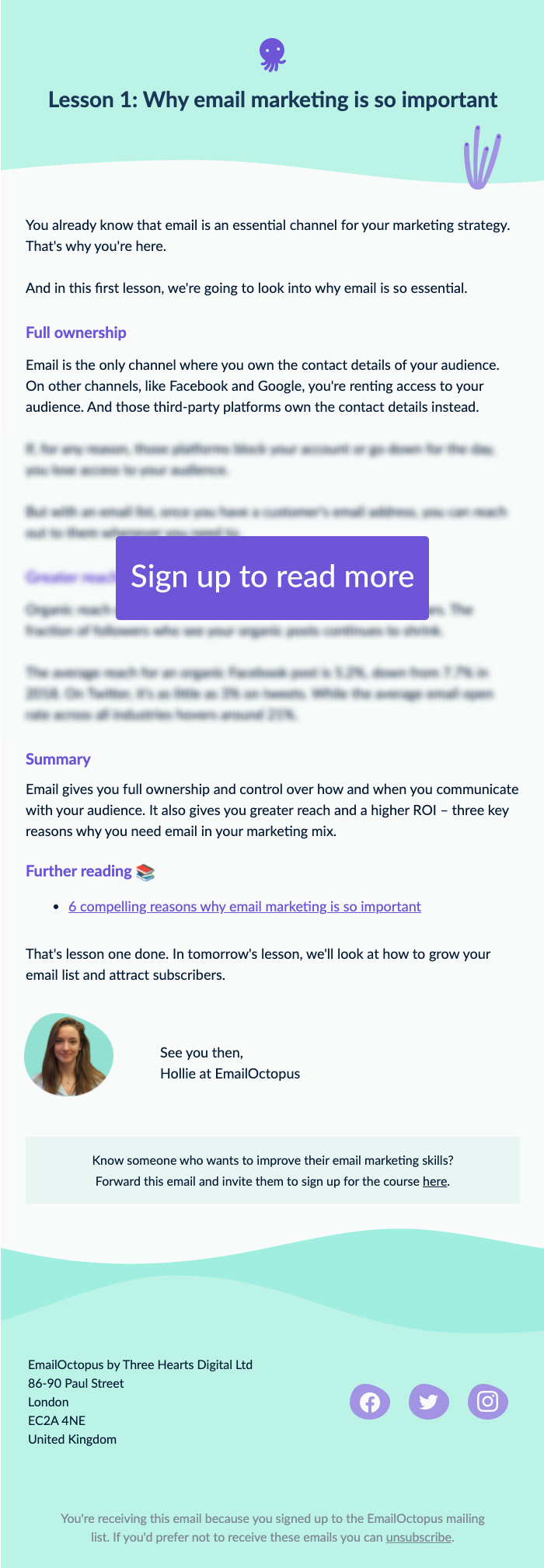
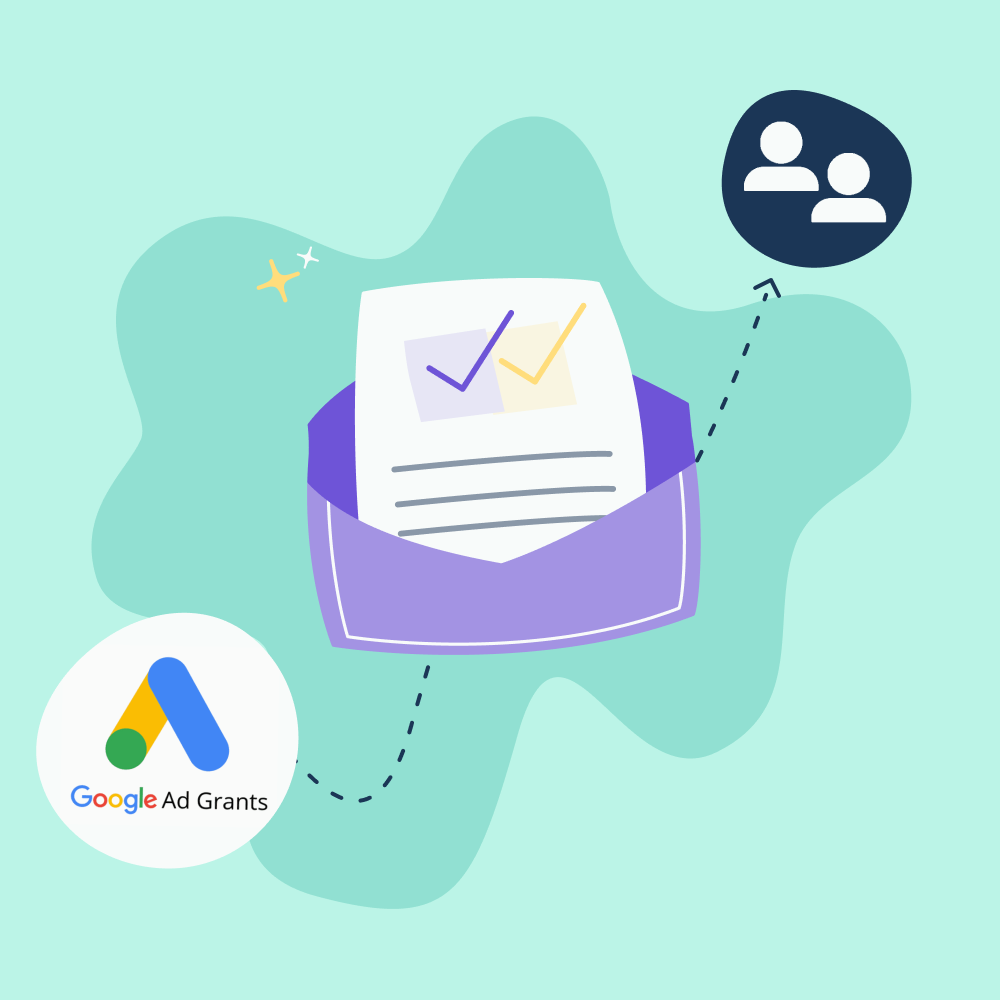


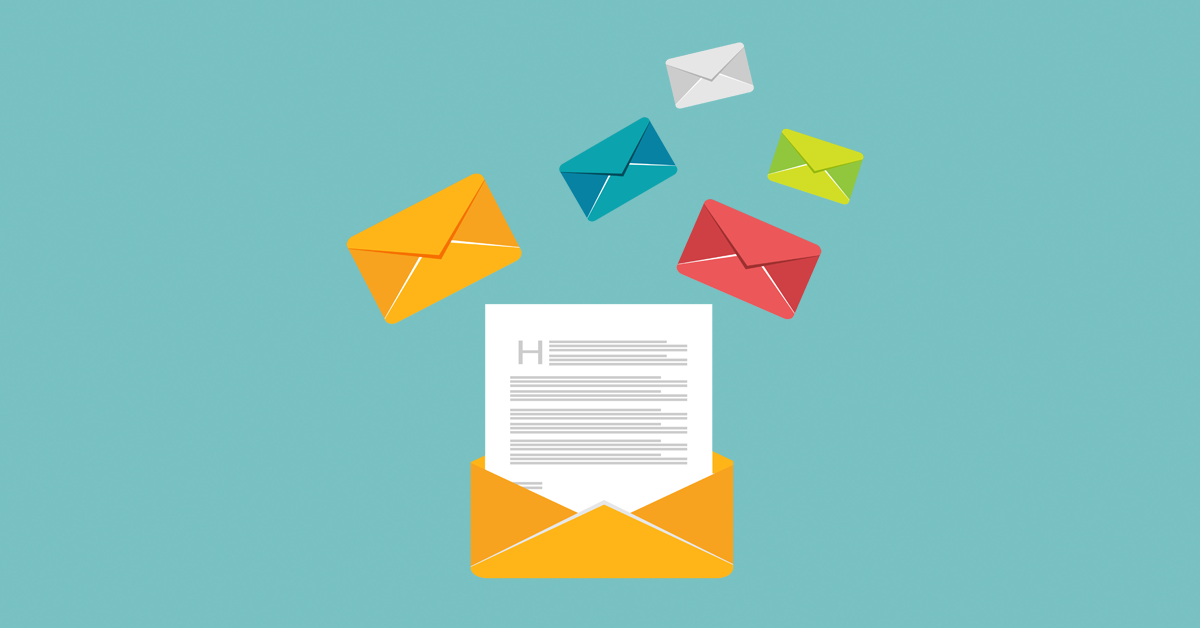

No Comments
Leave a comment Cancel